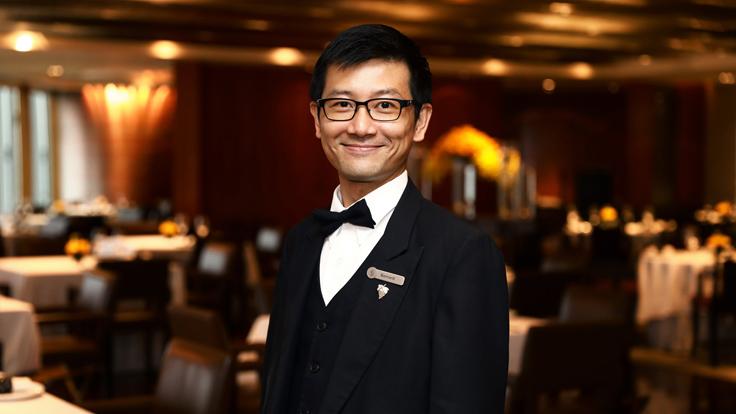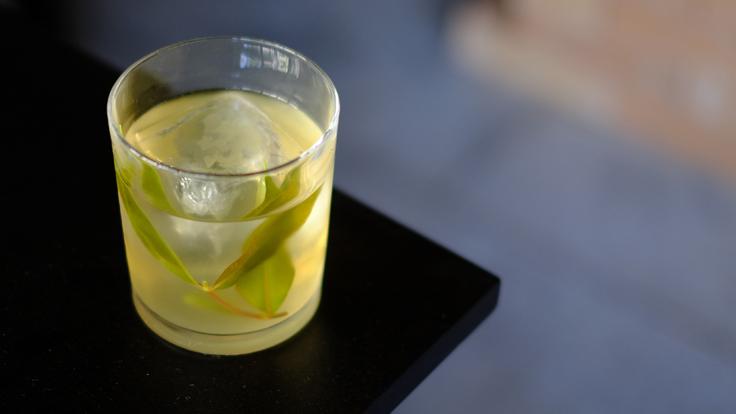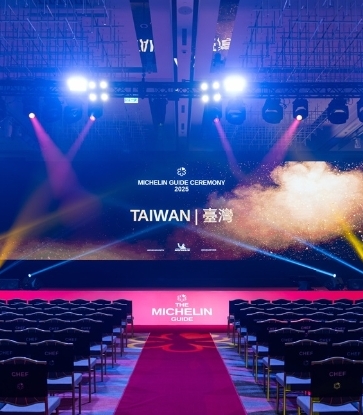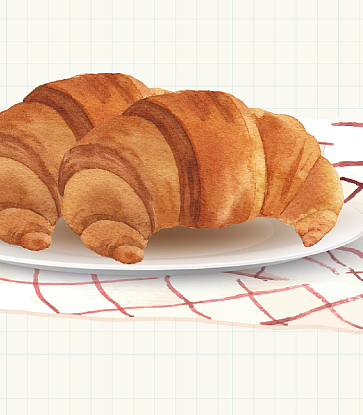From plant-based protein to fermented, probiotic-rich foods, the food trends that are fast gaining traction in 2020 are mainly related to health and fitness. The same applies to the beverage scene, as people are drinking less alcohol than ever before.
In 2016, IWSR, a research company focused on the global alcohol market, reported that alcohol consumption had dropped by 1.4% annually, continuing a trend of the past two years.
READ MORE: What The Restaurant Industry Will Be Talking About In 2020

There are many reasons behind this persistent decline, according to reports. Many choose to abstain from alcohol for specific periods, whether for religious or social reasons. Buddhists in many countries will give up drinking, particularly during the Rains Retreat, or Buddhist Lent, while the Dry January campaign — a one-month sobriety pledge that started in the United Kingdom — has quickly proliferated to many parts of the world.
But even in countries of regular drinkers, alcohol consumption continues to steadily decrease, and this phenomenon is clearly reflected in recent surveys. According to the UK Office for National Statistics, in 2018, only 57% of its citizens consumed alcohol. This is a record low compared to the 64% reported in 2005.
In France, which has the third-highest drinking rate among the 36 member countries of the Organisation for Economic Co-operation and Development (OECD), the government has been urging its citizens to participate in the Dry January campaign. Restaurants have been serving more tea at lunch, despite the backlash from the wine industry that is feeling the impact. French chef Alain Ducasse, for one, expressed shock when he learned that people in New York were pairing iced tea with their meals. “I’ve noted that trend, but I don’t want to see or hear of it, I am opposed to it,” he told AFP.
Are people’s eating and drinking habits around the world really changing though? And how much less are people drinking? Should restaurants hop on the bandwagon to provide mocktails and low ABV drinks instead of gin and tonics? We ask the movers and shakers of Asia's food and beverage industry to weigh in.

Non-alcoholic and low-alcohol beverages are becoming increasingly popular in Asia, but it has yet to become as big a trend as it is currently in Europe, America, or Australia, according to David Nguyen-Luu, bar manager of the award-winning Manhattan at MICHELIN-listed Regent Hotel in Singapore. “Bartenders and bar staff play an important role by educating and offering healthy drink options to customers."
This may seem like a strengthening trend, but Bernard Chan, head sommelier of Lung King Heen (three MICHELIN Stars, MICHELIN Guide Hong Kong 2020), notes that it is not new. "We started serving low-alcohol wines about three years ago and have seen demand increase over time.”
He added: “In anticipation of the trend’s growth, we've asked our wine suppliers to find wines with low sugar content. When they saw the positive response, we were able to offer a wider variety of this type of wine."
Chan also revealed that the restaurant acquires low-alcohol wines from speciality producers in Austria and Bulgaria. This allows everyone to enjoy new experiences and options.

"This term has appeared more often in the last three to five years, but it really has been around for a long time," agrees Supawit “Palm” Muttarattana, group bar manager for one-MICHELIN-Starred 80/20 and MICHELIN Plate restaurants La Dotta, and il Fumo in Bangkok.
The idea of low ABV drinks, according to Muttarattana, comes from the tradition of having aperitvos, or a light pre-dinner drink, in Italy. It was further promulgated in recent times by drinkers who understand the benefits of being more health conscious. "By not drinking heavily, they can savour the taste and experience of many more different flavours," Muttarattana says. "Besides, when the drinks are not strong, you can enjoy them with appetisers and the atmosphere."

For Muttarattana, it is natural that drinking habits evolve through the years. “We don't drink like our grandparents did. They may have preferred cognac. Our parents may like whiskey. Today, people are taking to gin. Trends are constantly changing."
But how will this trend affect people’s choices?
"Low-alcohol wines are about 3% to 7% alcohol, while normal wines are 11% to 13%," explains Chan of Lung King Heen. He believes this trend will have staying power. "This is because low-alcohol wines can be paired with a greater variety of foods, creating different flavours from the other wines. Foods such as mushrooms have a delicate flavour, so pairing them with this type of wine is a good choice.”
Lung King Heen also offers a Yum Cha Gourmet lunch menu featuring BLÅ Organic Sparkling Tea from Denmark, which goes well with their delicate seafood-centric dim sum.

"At 80/20, we pair Thai food with tea to give foodies a new experience. Or they can go for low-alcohol cocktails. For example, Fon is an easy-to-drink cocktail, perfect for starting a meal, and still full of flavours," says Muttarattana. This smooth cocktail has a base of Thai herb-infused liquor, with fresh coconut water and oolong tea. A soft sweetness comes from palm sugar while jasmine flowers sprinkled on top add a light fragrance. "It takes you back to the days when Thai houses kept a jar of rainwater by their front gates for passers-by to revive themselves with a sip of the liquid. This drink is low alcohol, but the taste is refreshing and easy to drink," he adds.
In Singapore, Nguyen-Luu embraces the trend as an enjoyable challenge for bartenders, not unlike other cocktail concoctions. "There are so many different flavours to mix and now there are more non-alcoholic products available to make creating these drinks fun. I foresee this trend will continue as long as people are engaged and interested in their health."
If you visit Manhattan Bar and wish to stay dry for the day, Nguyen-Luu recommends Branson’s Remedy, a non-alcoholic mocktail that is as sophisticated as its boozy counterparts, hinting of alcohol with Seedlip Garden 108, a distilled non-alcoholic spirit packed with aromatic herbs, mixed with smoked tea and hibiscus syrup. And come April, the bar will debut a new menu with one-third of it highlighting low- and no-alcohol beverages, giving drinkers more options for enjoyable experiences, with or without a buzz.




















